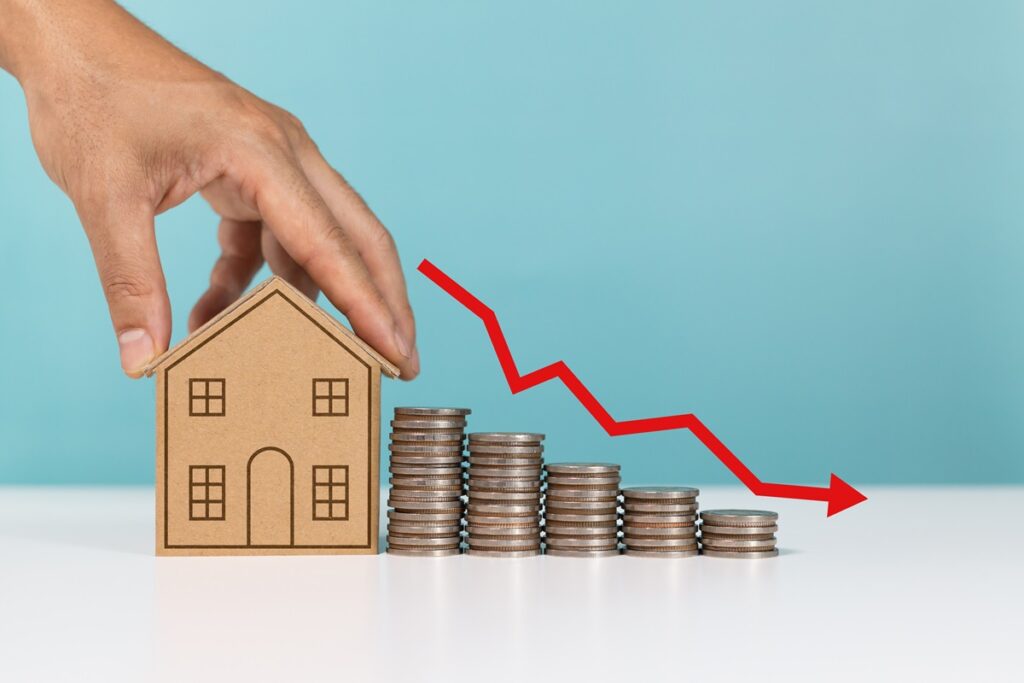According to Fannie Mae’s Economic and Strategic Research (ESR) Group, mortgage rates are now expected to end 2025 and 2026 at 6.3% and 6.2%, respectively, downward revisions of three-tenths for each.
Research from the ESR Group found that the lower mortgage rate outlook resulted in a small upward revision to existing-home sales outlook in 2025, though expectations for total home sales remain subdued. On a Q4/Q4 basis, real gross domestic product (GDP) is now expected to be 1.7% in 2025 and 2.1% in 2026, modest downward revisions owing to weaker incoming data and greater clarity on trade policy.
“We expect the recent pullback in mortgage rates will provide a small boost to home sales this year,” said Mark Palim, Fannie Mae SVP and Chief Economist. “While our latest forecast calls for a period of modestly slower economic growth, historically, interest rates have been the most important driver of home sales. We think mortgage rates will move even lower within the next quarter and ultimately close the year at approximately 6.3%, which could be low enough to generate some extra sales from any would-be buyers still waiting on the sidelines.”
Fannie Mae’s ESR Group, led by Chief Economist Palim, studies current data, analyzes historical and emerging trends, and conducts surveys of consumer and mortgage lender groups to provide forecasts and analyses on the economy, housing, and mortgage markets.
According to Freddie Mac’s Primary Mortgage Market Survey (PMMS), the 30-year fixed-rate mortgage (FRM) has remained under 7% for 10 consecutive weeks, with its most recent reading of 6.65% as of March 27, 2025.
And as Sam Khater, Freddie Mac’s Chief Economist, noted, recent stability in rates, combined with the historic start of the spring homebuying season, has driven purchase applications upward.
“The 30-year fixed-rate mortgage ticked down by two basis points this week,” said Khater. “Recent mortgage rate stability continues to benefit potential buyers this spring, as reflected in the uptick in purchase applications.”
Joel Kan, MBA’s VP and Deputy Chief Economist, observed that a rise in FHA applications has driven overall mortgage application volume higher of late.
“Purchase applications saw the strongest weekly pace in almost two months and were 7% higher than a year ago,” said Kan. “Last week’s purchase activity was driven primarily by a 6% increase in FHA applications, as the combination of loosening housing inventory, and slowly declining mortgage rates have presented this segment of buyers with more opportunities.”
However, many prospective buyers remain on the sidelines, as Zillow has found the average U.S. home valued at $357,138, up 2.6% over the past year.
Zillow also found that mortgage rates have reached lows not seen since December. Mortgage rates have enough of an impact on monthly payments to provide significant cost savings for prospective buyers and could help entice some fence-sitting homeowners to list their properties. Aside from costs, buyers are gaining a leg up in a few areas of the market. For one, they’ll see more options when they start shopping, with approximately 1.04 million homes in February 2025, more than in any February since 2020, and 15% more than last year.
“Affordability is still a massive challenge for those who have been waiting to buy a home, but the lower rates we’ve seen so far in March are taking the edge off,” said Skylar Olsen, Zillow Chief Economist. “Rate dips tend to energize buyers and sellers both; if they continue or hold, we should see more activity. Economic uncertainty is a counterbalance, one that will be felt in some areas of the country more than others. People tend to shelter in place when the future of their job or industry is uncertain.”
With more homes for sale, competition among buyers is slower as well, with listings spending about 23 days on the market before a sale is pending—six more days than last year, and just four fewer than at this time pre-pandemic—closer to “normal” than at any time since 2020.





